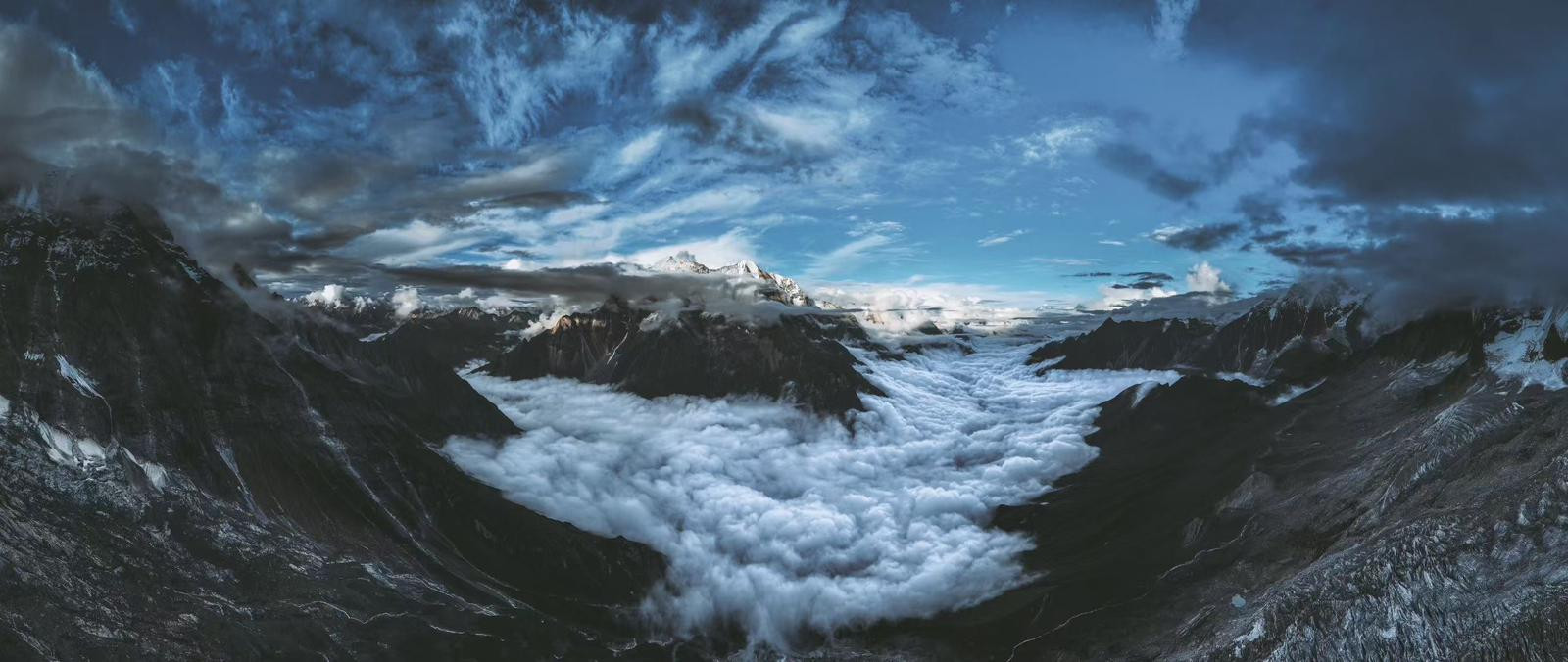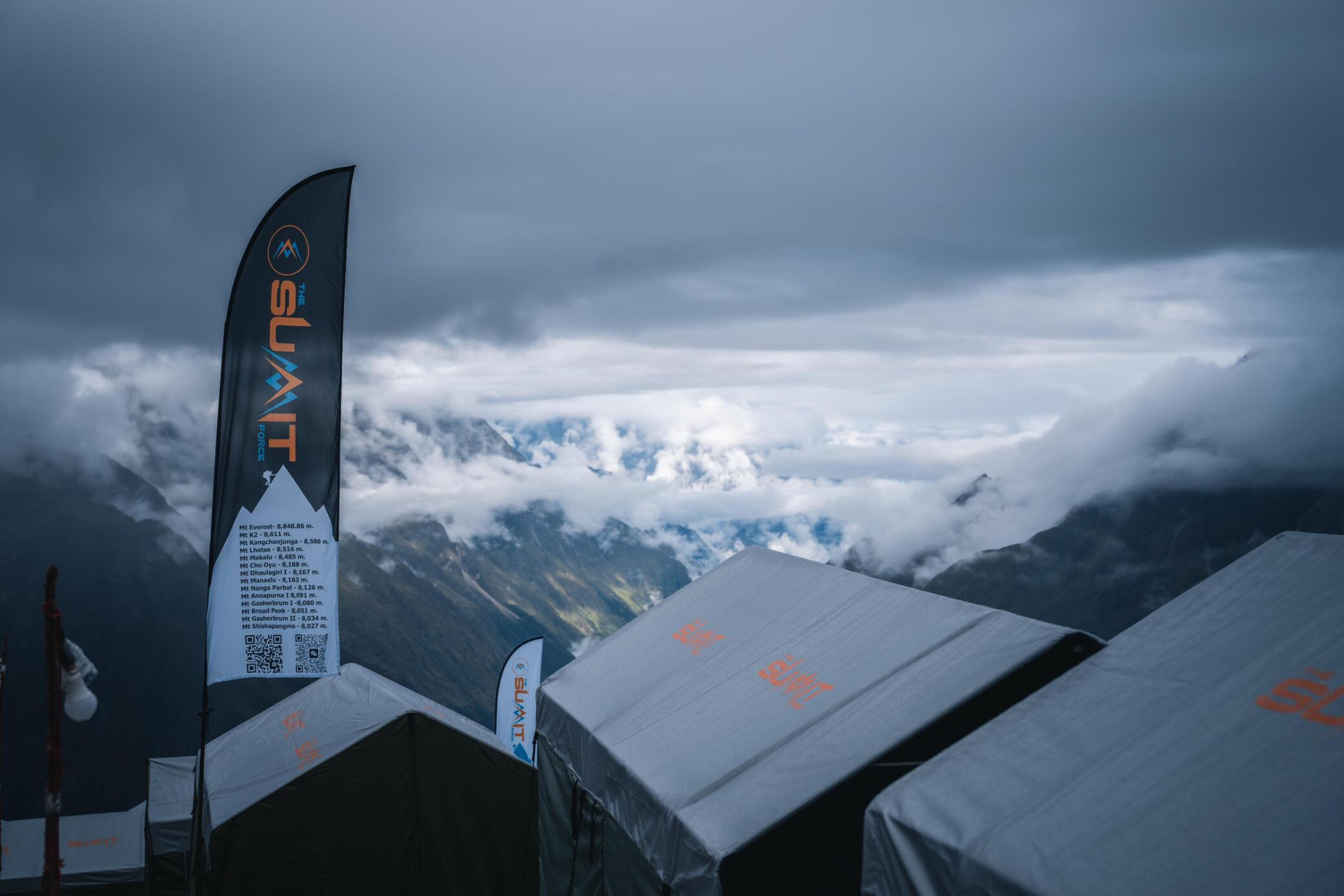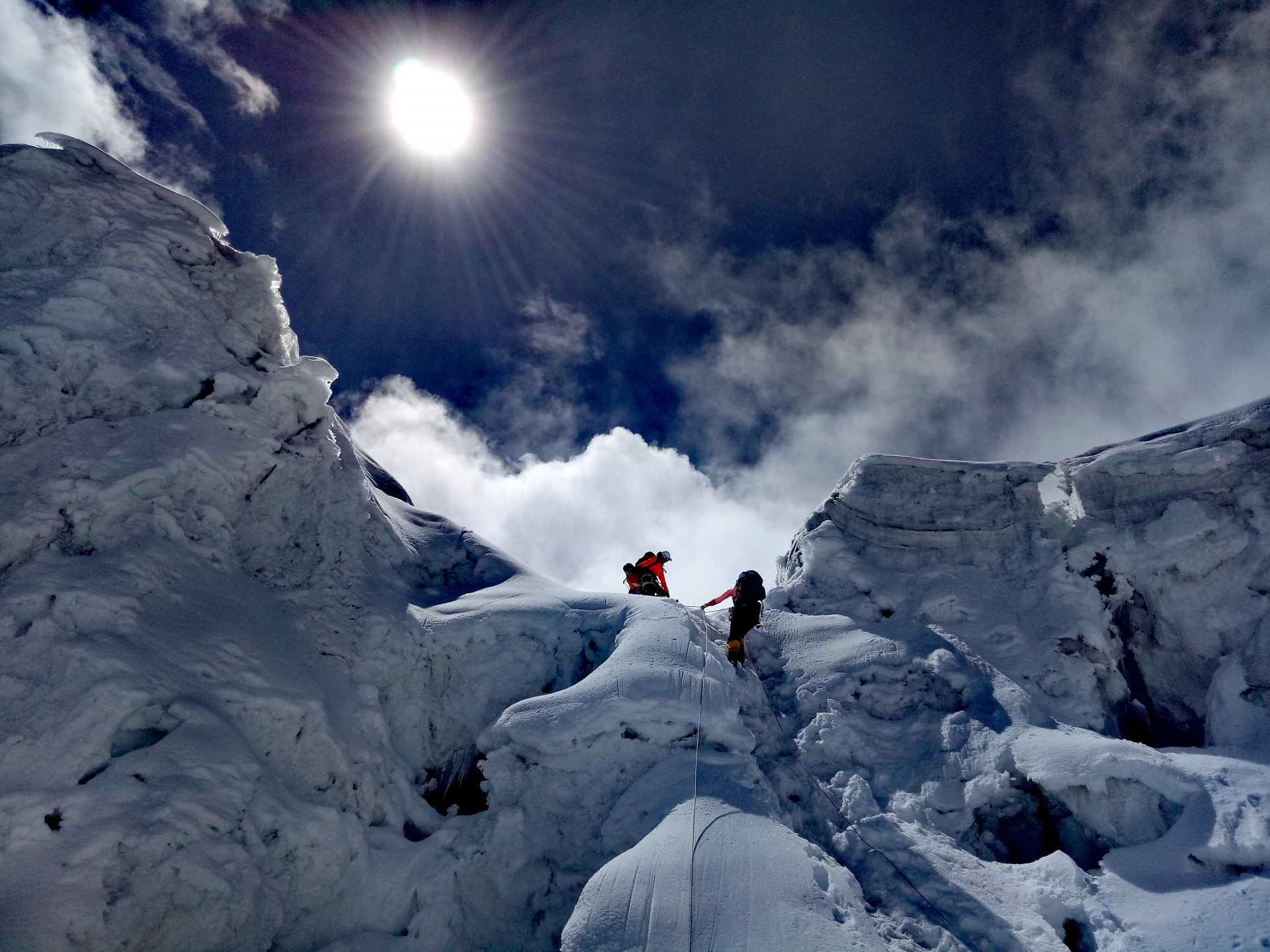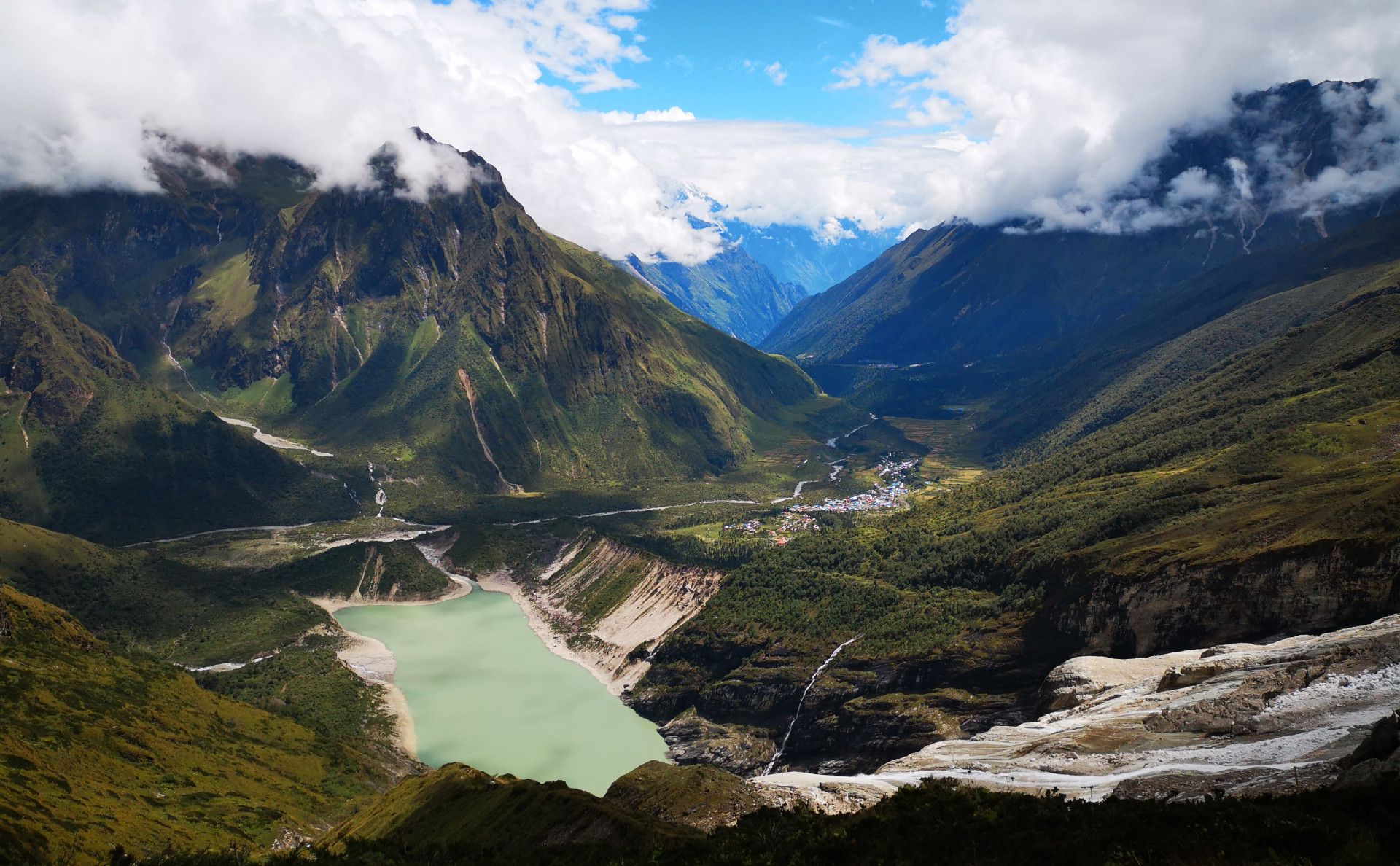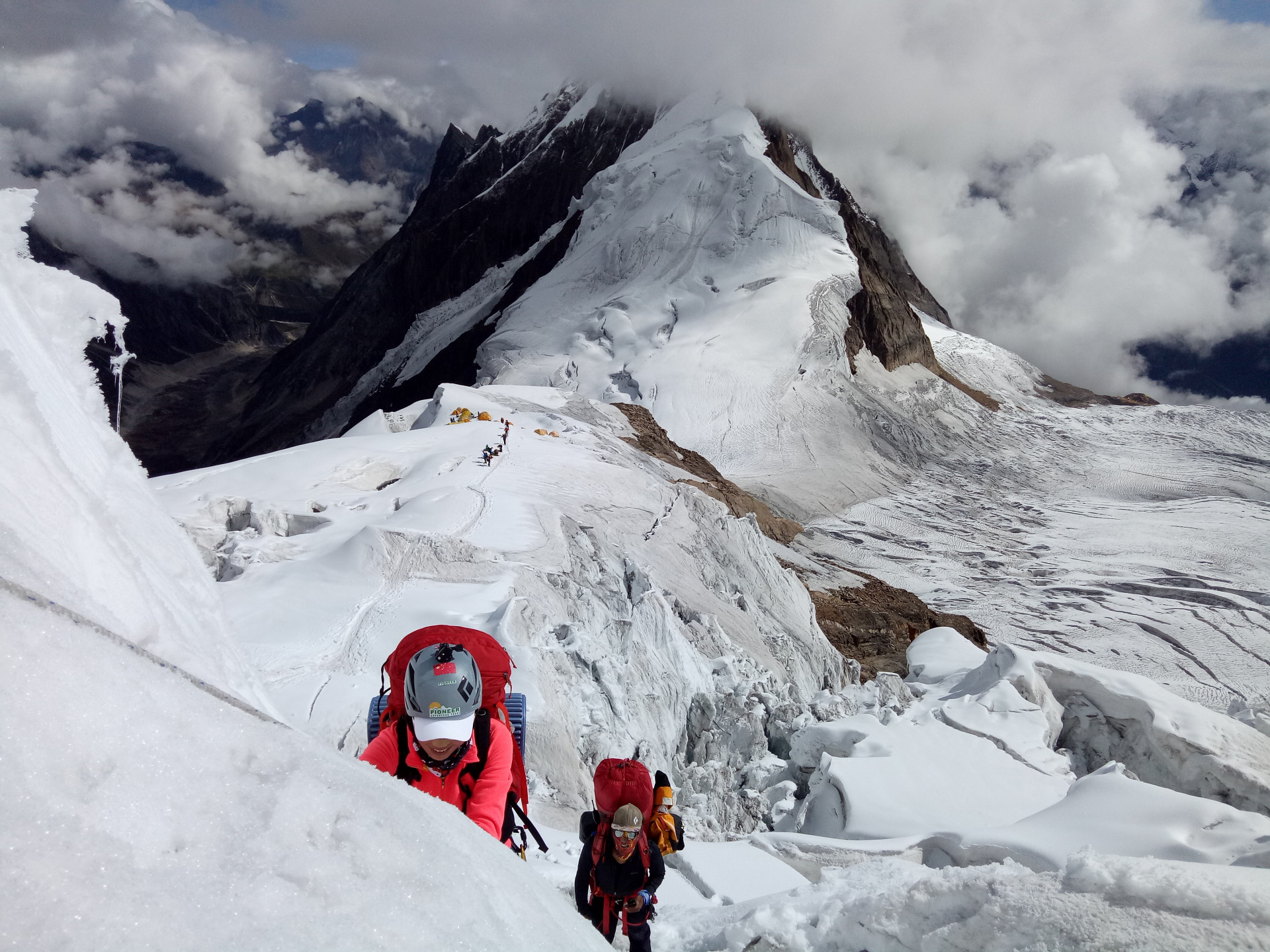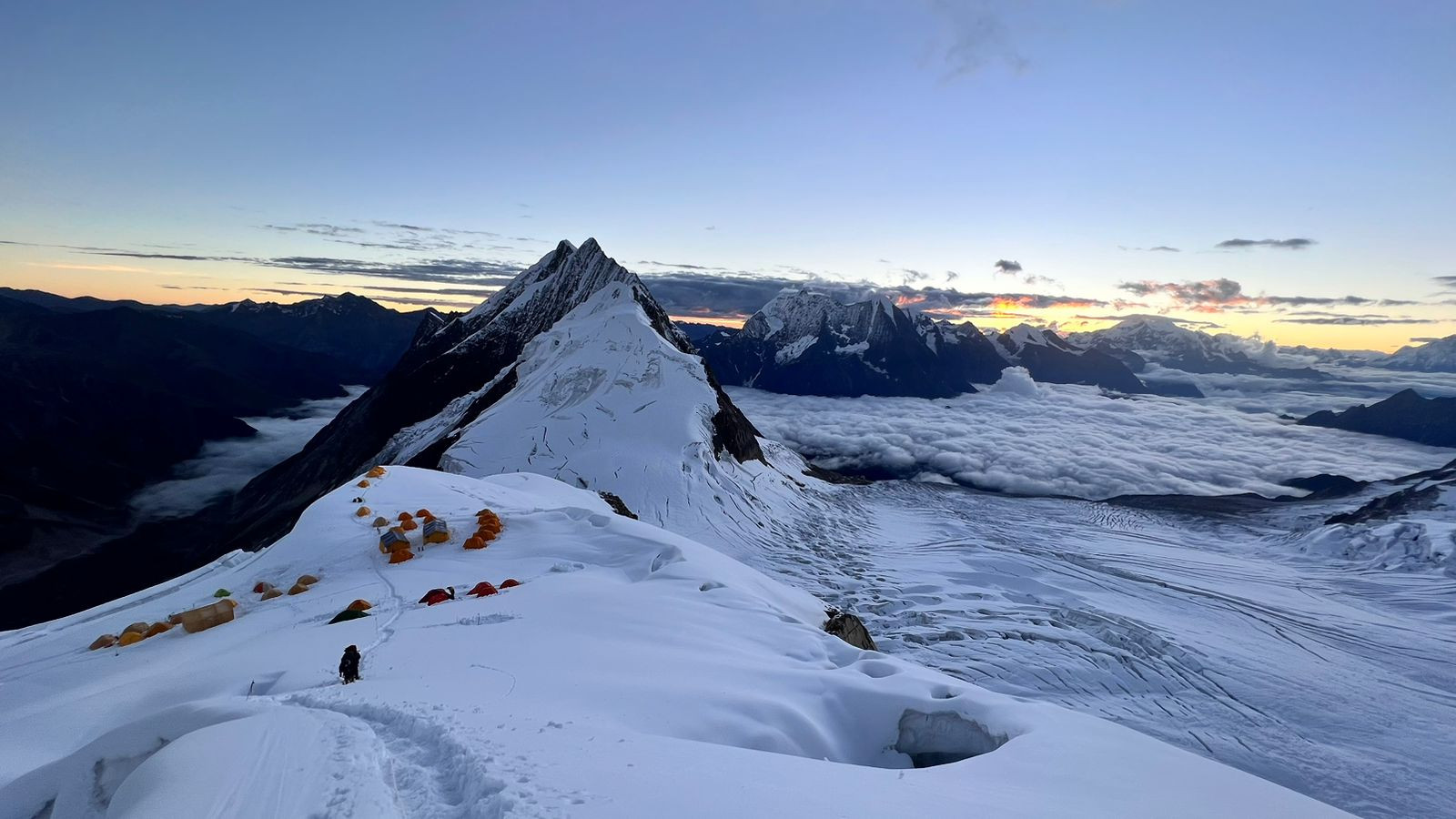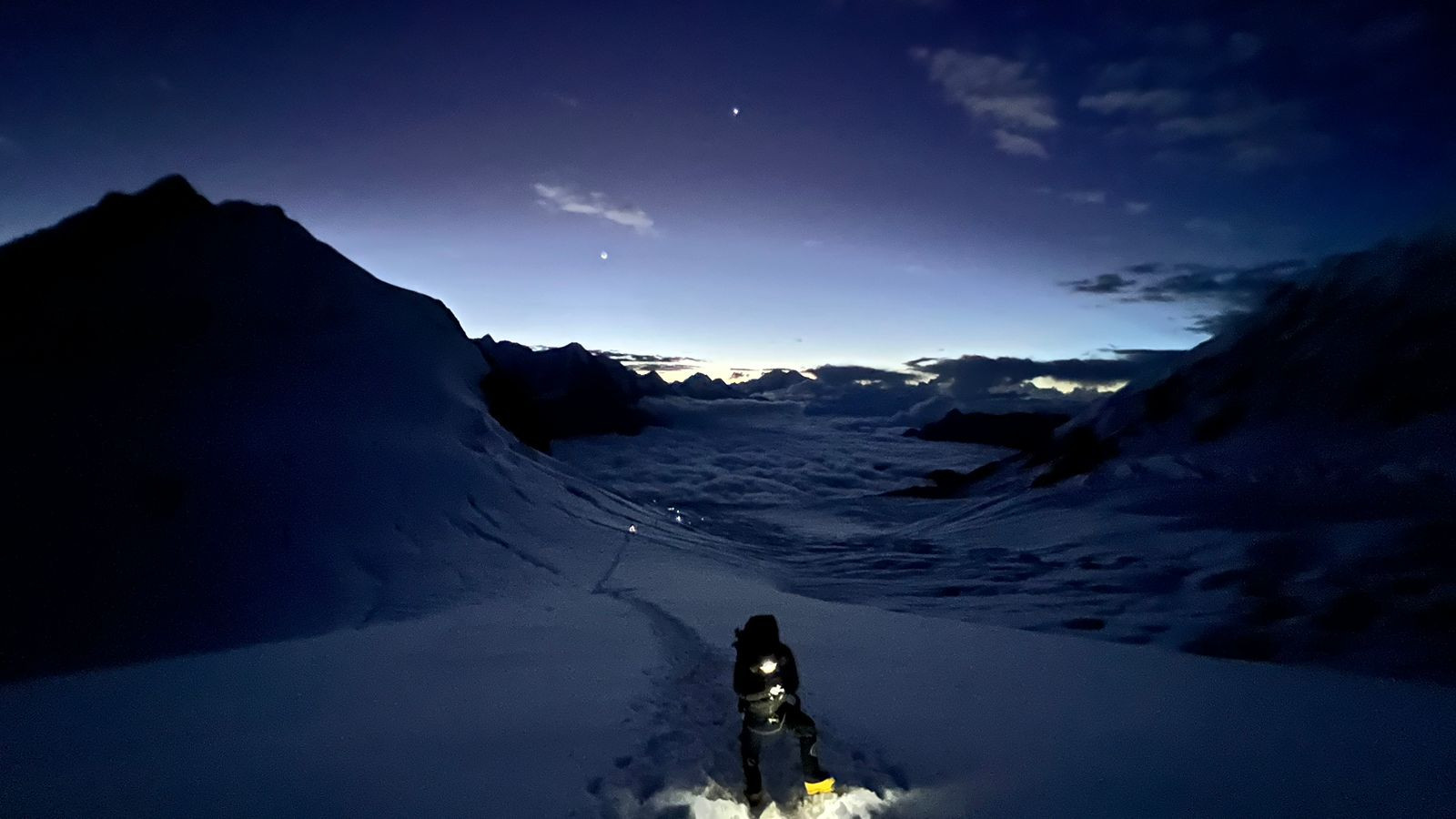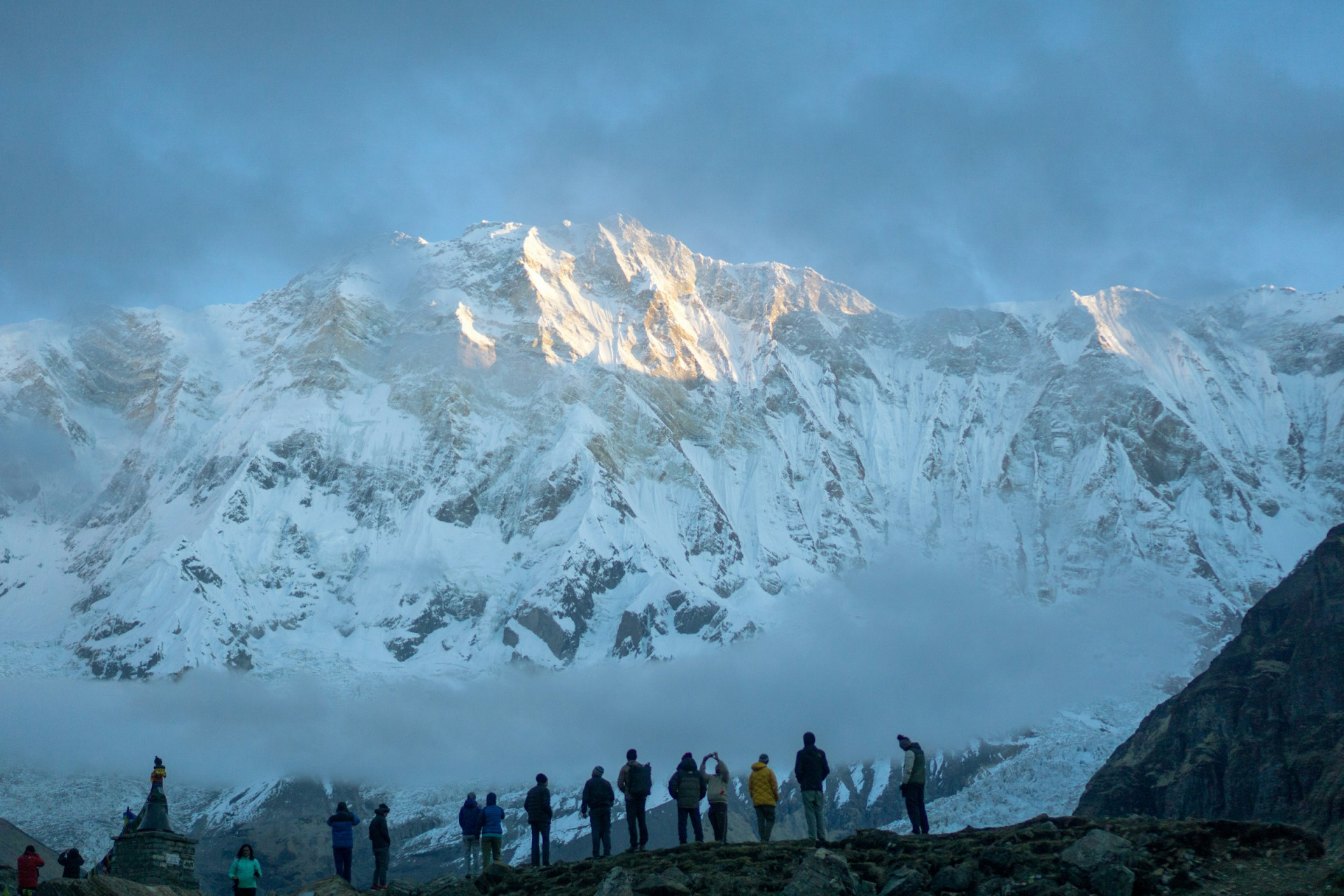Mount Manaslu, also known as the "Mountain of the Spirit," is the eighth highest peak in the world, standing at 8,163 meters (26,781 feet) above sea level. Located in the Gorkha district of Nepal, Manaslu is a part of the Nepalese Himalayas and is renowned for its challenging yet rewarding climbing routes.
The name "Manaslu" comes from the Sanskrit word "Manasa," meaning "Mountain of the Spirit." The mountain is characterized by its steep faces, challenging terrain, and unpredictable weather conditions, making it a coveted destination for climbers seeking a formidable challenge.
Climbing Manaslu requires a high level of mountaineering skills, physical fitness, and acclimatization to the altitude. The climbing season typically sees a mix of seasoned climbers and adventure enthusiasts attempting to summit this majestic peak, drawn by its awe-inspiring beauty and the sense of accomplishment that comes with conquering one of the world's highest mountains.
The Summit Force facilitates Manaslu expeditions, providing all necessary infrastructures, including permits, documentation, accommodations, camp facilities, transportation, luggage and rope support, food, high-altitude provisions, quality tents, porters, professional Climbing Sherpas, oxygen, satellite telephone, walkie-talkie sets, counseling, and comprehensive assistance for a successful summit.

